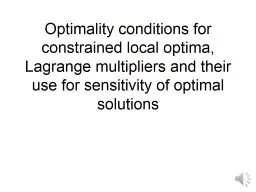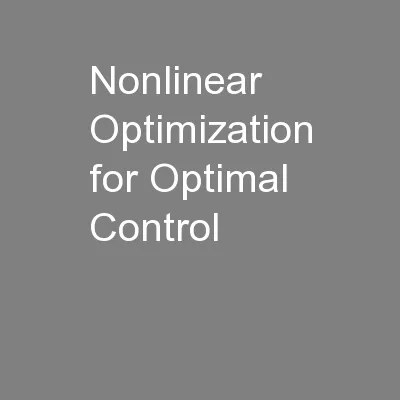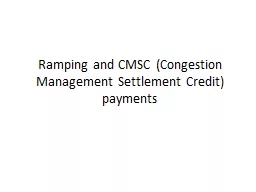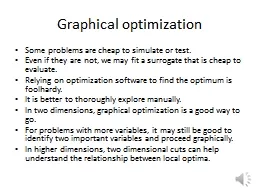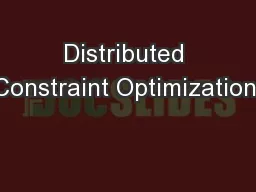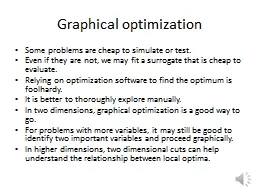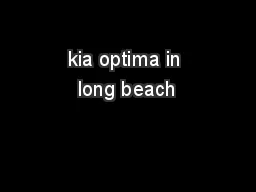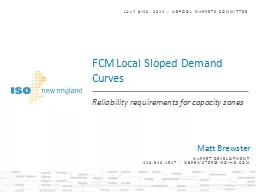PPT-Optimality conditions for constrained local optima, Lagrang
Author : calandra-battersby | Published Date : 2016-06-04
multipliers and their use for sensitivity of optimal solutions Constrained optimization x 1 x 2 Infeasible regions Feasible region Optimum Decreasing fx g1x g2x
Presentation Embed Code
Download Presentation
Download Presentation The PPT/PDF document "Optimality conditions for constrained lo..." is the property of its rightful owner. Permission is granted to download and print the materials on this website for personal, non-commercial use only, and to display it on your personal computer provided you do not modify the materials and that you retain all copyright notices contained in the materials. By downloading content from our website, you accept the terms of this agreement.
Optimality conditions for constrained local optima, Lagrang: Transcript
Download Rules Of Document
"Optimality conditions for constrained local optima, Lagrang"The content belongs to its owner. You may download and print it for personal use, without modification, and keep all copyright notices. By downloading, you agree to these terms.
Related Documents

